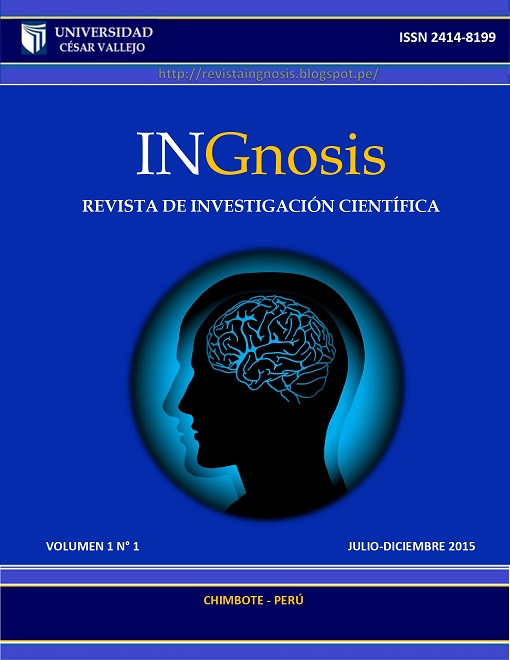Proposal for implementation of safety management system and occupational health & fabrications constructions FELBOJAR EIRL Chimbote, 2014
DOI:
https://doi.org/10.18050/ingnosis.v1i1.1904Keywords:
Health and Safety, occupational hazards, accidents, acts and substandard conditionsAbstract
This research aims to develop the Management System for Occupational Safety and Health (SGSSO) to prevent occupational hazards. Pareto diagram for the selection of services are applied, the SGSSO developed with the implementation of the IPER measurement matrix and occupational accident applying statistical models trend for acts and substandard conditions. The initial perception was "critical" to 30, 59%. The situational analysis indicates the level of implementation of the System "under" with 226 points. In measuring a total of 15 pre incidents, 59 acts and 74 substandard conditions indicating a polynomial trend model with R2 of 99.22% of labor incidents based acts and R2 of 92.19% was evident function the conditions. The IPER said matrix declining accident statistics showing 5 incidents, 46 acts and 33 conditions. The final perception was "stable" to 74,38%. The PERT model indicated two critical activities 32.67 weeks. It was concluded that SGSSO decrease of accidents achieving statistical prevent occupational hazards, improving working conditions and productivity.
Downloads
Downloads
Published
How to Cite
Issue
Section
License

This work is licensed under a Creative Commons Attribution-NonCommercial 4.0 International License.











